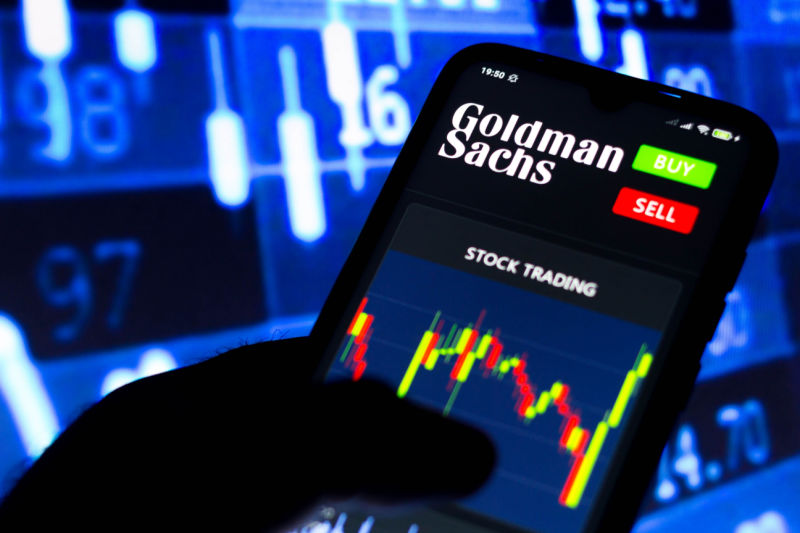Investing.com — After an April that yielded a yearly high of 1.1095, the has so far had a rough month of May, with the currency pair dropping to a low of 1.0760 on Tuesday and remaining under pressure on Wednesday, a weakness that analysts at Goldman Sachs attempted to explain in a note published last night.
The bank first explained that “the Dollar’s recent bounce is due to positive developments on both sides of the FX ledger”.
They noted that “credit conditions have not tightened as much as initially feared in the US,” which is positive for the dollar, and that “activity in Europe and China has disappointed robust expectations to start the year,” which is a bearish factor for the euro.
Analysts also felt that the outlook in terms of monetary policy divergence is only marginally supportive of the EUR/USD, noting that “although Fed officials have suggested they think they are close to, or possibly even already at, a “sufficiently restrictive” policy setting, the ECB has said they think they are not that far behind,” positions that Goldman Sachs does not consider that divergent.
Believing that this backdrop is probably not enough to justify a further rise in the EUR/USD, the bank pointed out that capital flows also offer only limited support.
“So far, positive yields have been sufficient to stop the outflows from Euro area fixed income, and return to the pre-2014 norm of gradual inflows, but not enough to mirror the speed of the outflows when rate first went negative,” GS wrote.
Goldman analysts further opined that there is little chance of improvement on this front, noting that “the valuation argument for portfolio reallocation is less compelling than it once was, mostly because of the Euro’s recent rally off the lows.”
In conclusion, Goldman Sachs (NYSE:) has a mixed opinion on EUR/USD, maintaining a year-end target of 1.10, just over 2% above the current rate, while also expressing doubt that the currency pair can break out of its recent range to reach new annual highs.
(Translated from French)
Read the full article here










